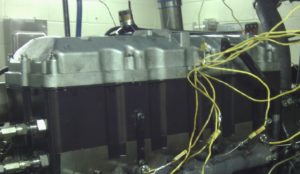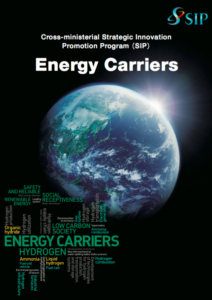Sturman Industries' Dual-Fuel Ammonia Engine
Eddie Sturman, noted inventor and co-founder of Sturman Industries, has been developing ammonia internal-combustion-engine (ICE) technology for several years – "at least six, maybe more." At the 2016 NH3 Fuel Conference, he provided the most in-depth look so far at the results of Sturman Industries' R&D program. Specifically, his talk featured a dual-fuel compression ignition engine powered by a combination of diesel fuel and ammonia.




